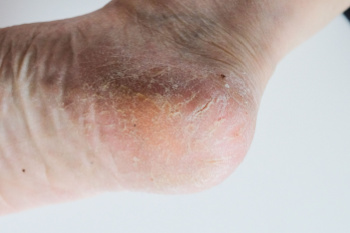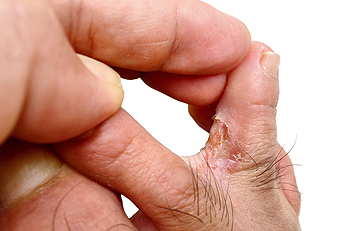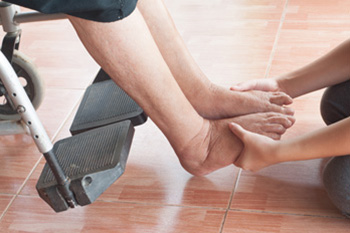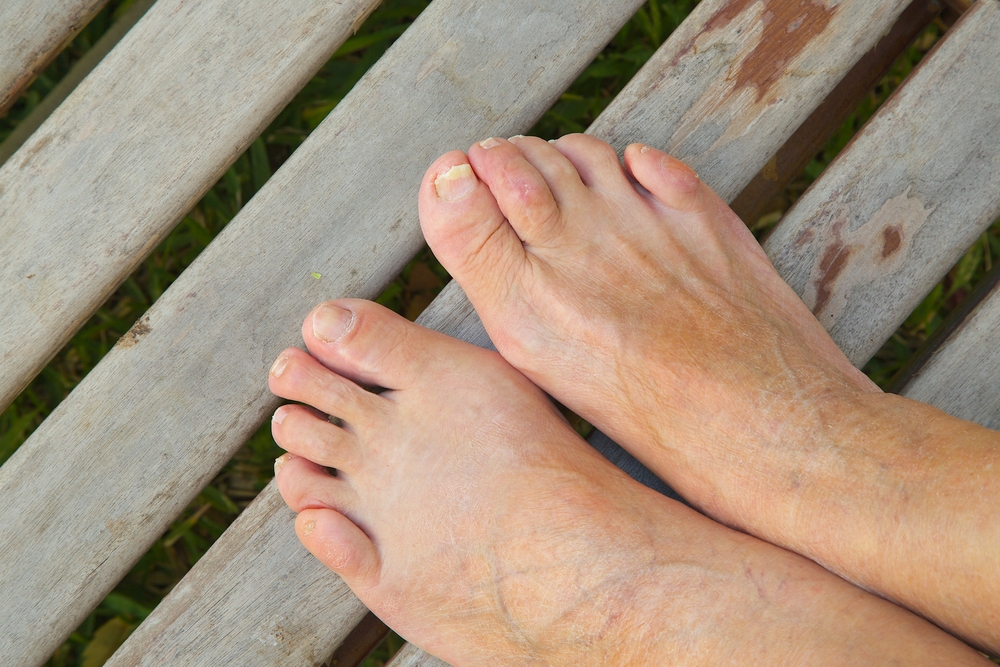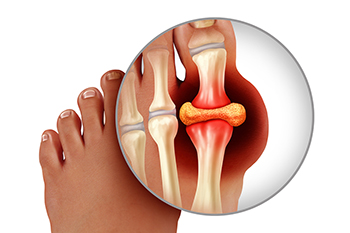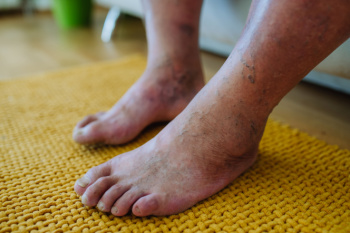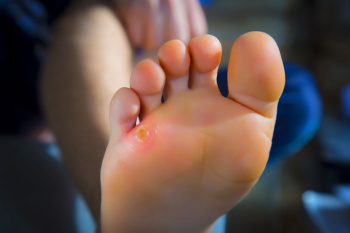
Foot corns are areas of thickened skin that develop when pressure or friction is repeatedly applied to certain parts of the feet. They often result from wearing shoes that are too tight, high heeled, or poorly fitted, which places excess pressure on the toes or soles. Corns can cause discomfort, pain, and difficulty walking, if not addressed. Prevention includes wearing properly fitted shoes with cushioned soles and protective padding to reduce friction. A podiatrist can safely remove corns, recommend orthotics, and guide you on proper footwear choices to stop them from returning. If you have a painful corn, it is suggested that you consult a podiatrist who can offer effective relief and treatment solutions.
If you have any concerns regarding your feet and ankles, contact one of our podiatrists of Foot and Ankle Clinics, PA. Our doctors will treat your foot and ankle needs.
Corns: What Are They? and How Do You Get Rid of Them?
Corns can be described as areas of the skin that have thickened to the point of becoming painful or irritating. They are often layers and layers of the skin that have become dry and rough, and are normally smaller than calluses.
Ways to Prevent Corns
There are many ways to get rid of painful corns such as wearing:
- Well-fitting socks
- Comfortable shoes that are not tight around your foot
- Shoes that offer support
Treating Corns
Treatment of corns involves removing the dead skin that has built up in the specific area of the foot. Consult with Our doctors to determine the best treatment option for your case of corns.
If you have any questions, please feel free to contact our offices located in Woodbury, West St. Paul, and Edina, MN . We offer the newest diagnostic and treatment technologies for all your foot care needs.
